Review for Golgo 13
Introduction
Why did it have to be Golgo 13? Quite some time ago, I reviewed the 1983 anime adaptation of the late 60s manga, and found it to be less than impressive, although it is notable for being the first anime to use CGI for part of its animation. So when Eureka Entertainment sent me a Blu-ray check disc of the first live action adaptation of Golgo 13, made 10 years previously in 1973, I have to admit that my heart sank. The anime was so out of my wheelhouse that I never gave it a second look; something that I usually do with even my least favourite anime. But the 1973 live action Golgo 13 has a unique selling point of its own that makes it worth at least one watch.
Max Boa is a wanted man, but an anonymous organisation has had no success in arresting the weapons and drugs smuggler. Indeed they have lost four agents in Iran where Boa is hiding, a country from where he is impossible to extradite. So the organisation decides to have Boa assassinated, and to do so, they hire the world’s most renowned assassin, Duke Togo a.k.a. Golgo 13. But Boa has diversified into people trafficking and kidnapping, and given that one of the women he has snatched is the wife of a leading policeman, things are going to get complicated for Golgo 13, complicated even more when one of his employers, Catherine insists on accompanying him as his partner.
The Disc
Golgo 13 gets a 2.40:1 widescreen 1080p transfer with a PCM 2.0 Mono Japanese soundtrack with optional English subtitles. The image has come up a treat, obviously seen no little restoration. It’s clear and sharp with excellent colours. The detail levels are astounding, and the film has a natural level of grain as it should. It’s all to the good, as the Iran locations are stunning, with the cinematography really doing it all justice. The audio hasn’t fared quite as well, and I’m not talking about the sync issues of an Iranian cast all ADR’d into Japanese. The audio hasn’t aged well and there is notable distortion on ‘s’ sounds in dialogue, and other similar high frequencies. The music has the kind of Spaghetti Western overtones that an antihero demands, while the subtitles are accurately timed and free of typos.
Extras
The disc boots to a static menu page which lists the audio/subtitles options and the extras as follows.
Audio Commentary with Mike Leeder & Arne Venema
Lucky 13: Junya Sato’s Biographers on the Making of Golgo 13(16:07)
Theatrical Trailer (3:27)
The first run release of Golgo 13 will get special o-card packaging and a 20-page booklet on the film with writing from Tom Mes and plenty of stills and production imagery.
Conclusion
I had the same reaction to the first Golgo 13 live action movie that I had to the anime film. It’s not a film I enjoyed, and for exactly the same reasons. I just don’t like the title character. It’s a boys’ own adventure, with an anti-hero who is committed to completing his missions, occasionally having sex, but with no redeeming qualities or more importantly a sense of humour. He’s dour, close-lipped, and relentless. There’s not a lot of personality there to work with. In this film, the mission is to find and kill Max Boa, and this is what Golgo pursues, no matter what or who gets in his way.
Yet there is that redeeming feature, the unique selling point of this film. Dating from 1973, several years before the Islamic Revolution, this film is set in the Iran of the Shah, a modern, forward looking country with a Westernized culture. It’s also a Japanese Iranian co-production, with Ken Takakura the only Japanese actor in the cast. The rest of the players are Iranian actors, dubbed here into Japanese. You have a blend of two acting aesthetics here, which makes a change from most other home-grown manga adaptations. And Iran of 1973 is a gorgeous country, a blend of the old and new, and the film makes full use of that with some beautiful and unique locations, coupled with some breathtaking cinematography. This is a seriously good looking film.
To be fair, this Golgo 13 does offer more nuance than the anime did. There are moments in the film where the protagonist does occasionally look imperilled. Not everything is a breeze for him. And while he may be the monobloc of dispassion that I find so tedious in films, the supporting cast do give good value, particularly the subplot of the police detective investigating the mass kidnappings, including that of his wife. The script has its moments too, with a really neat duel with a blind man who uses darkness for an advantage, and the way Golgo uses a parrot to find his target. But it has its stupidity too, with an off-road car chase with stereotypical villain cars that explode at random, and a self-healing hero car.
For me, films like this need an ironic sense of humour to work, like the Bond movies that the Golgo 13 manga was inspired by. When you play things straight, as Golgo 13 does, then you’re left with a title character that doesn’t deserve audience sympathy. The anime Golgo 13 had absolutely no sense of humour to it; this Golgo 13 does at least have one ironic wink to the audience, but it saves it for Golgo’s final target, which is a tad too late. Still, Eureka Entertainment give the film a decent presentation, and where else are you going to see the Iran that tourists in the seventies got to see. That is indeed a selling point to this film.
Golgo 13 is available direct from Eureka Entertainment, from Terracotta, and from mainstream retailers.
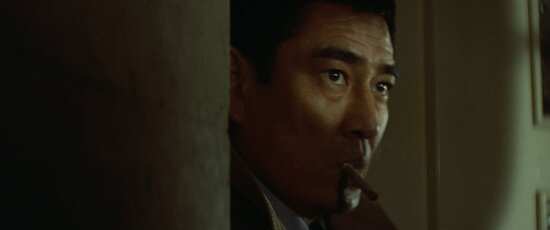
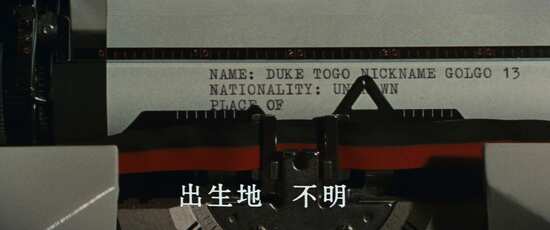
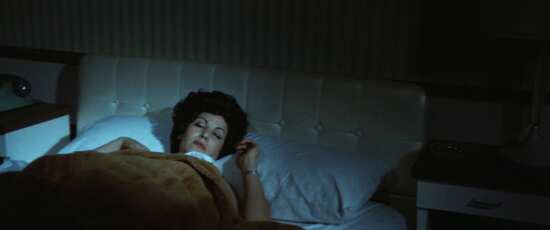
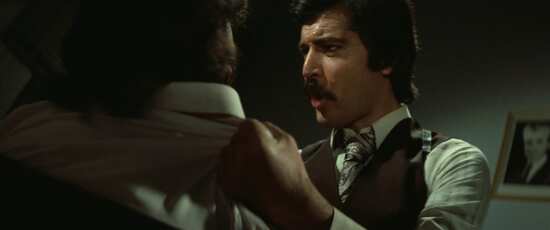
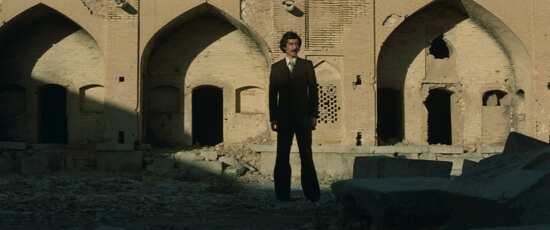
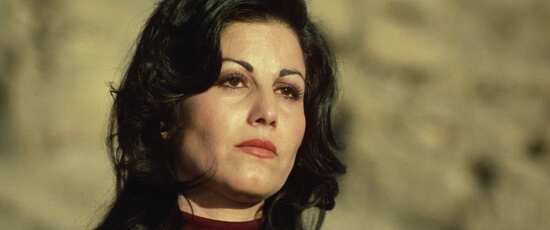
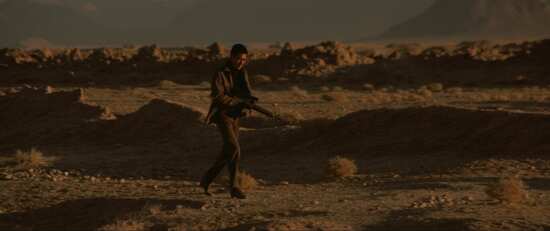
Your Opinions and Comments
Be the first to post a comment!